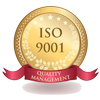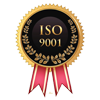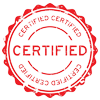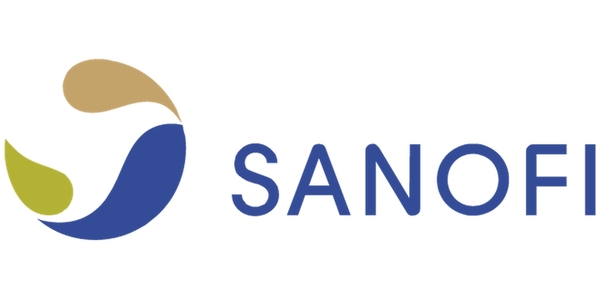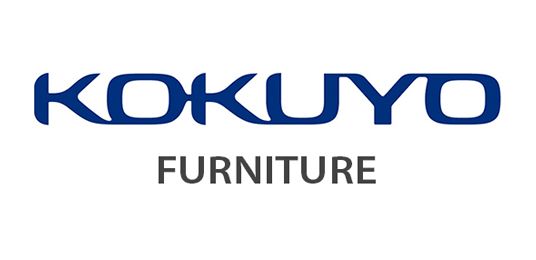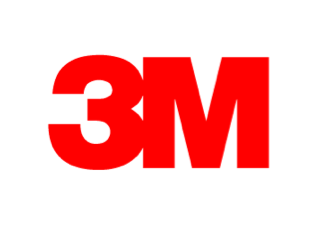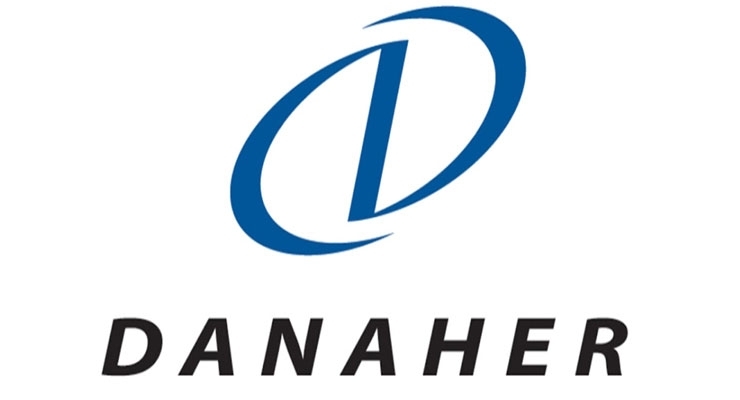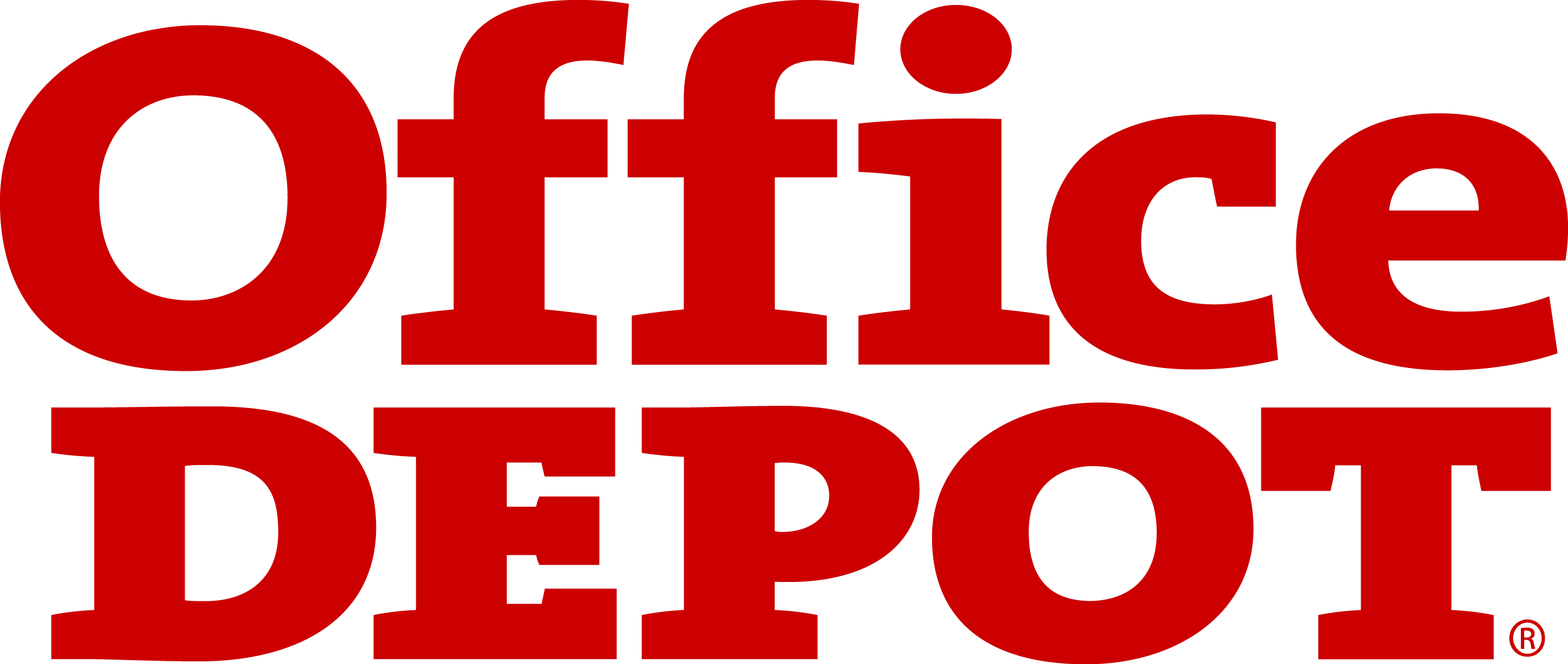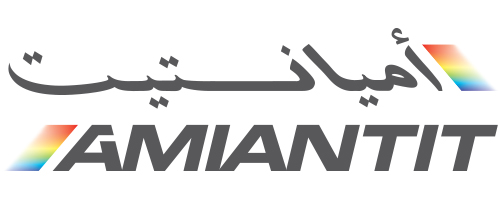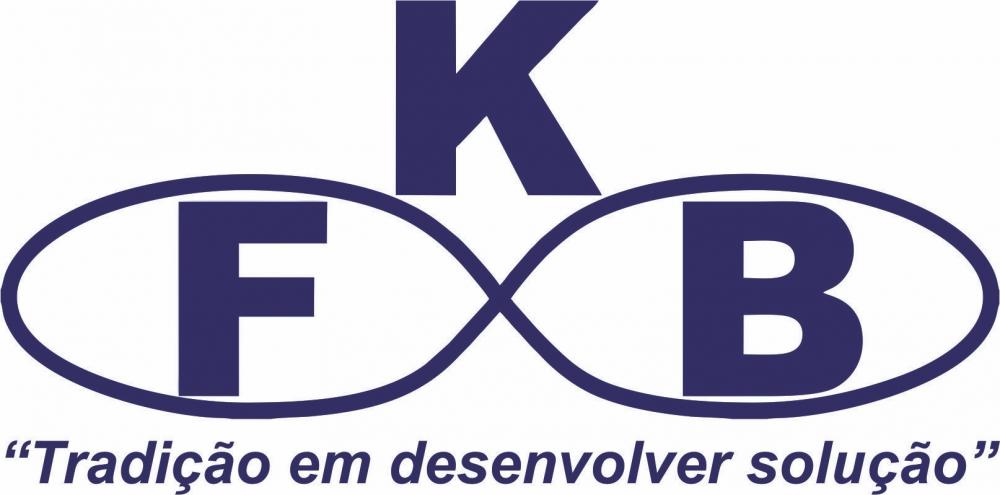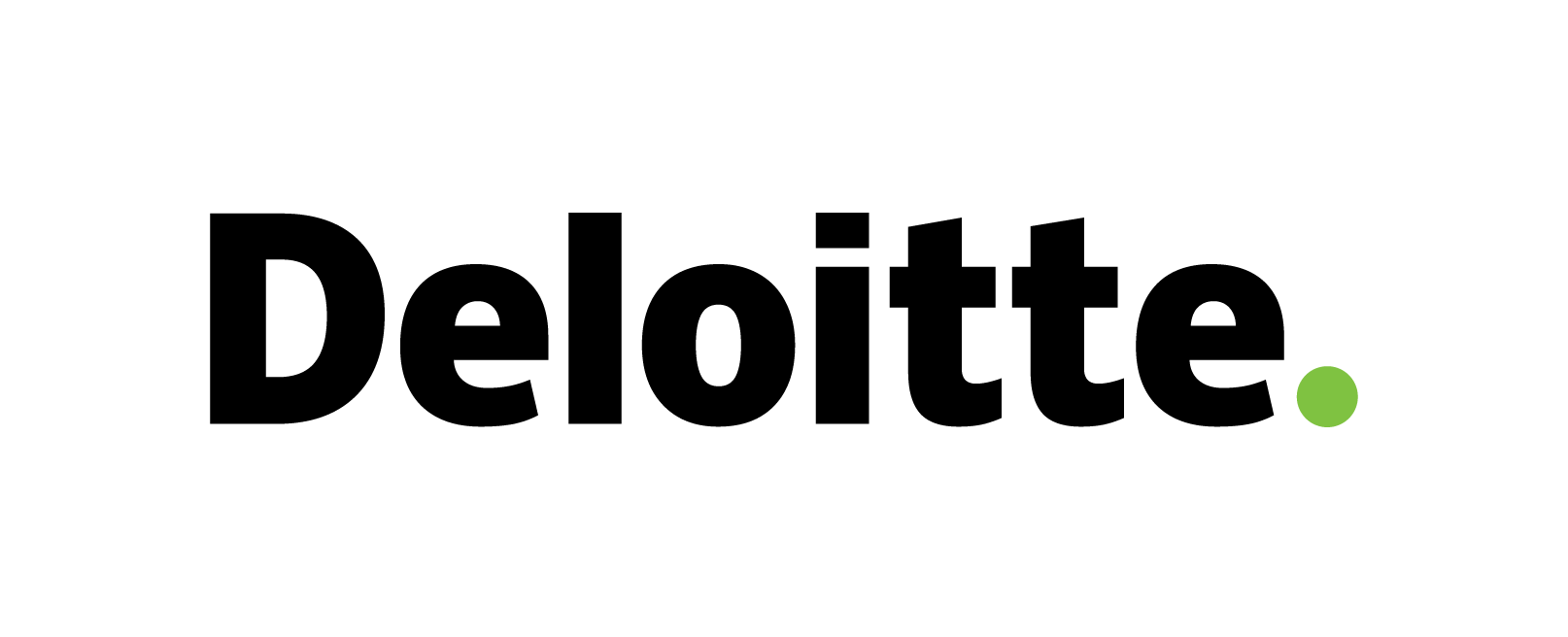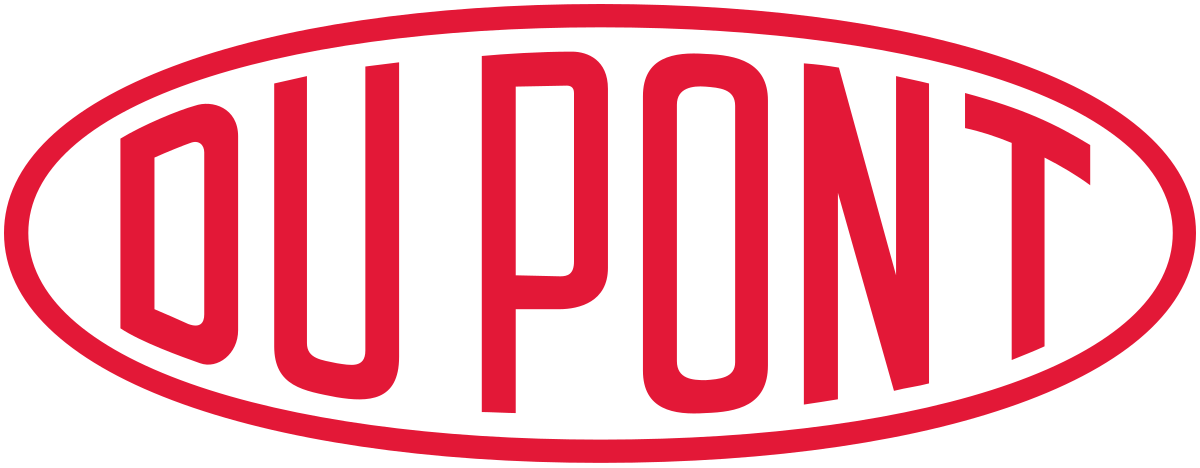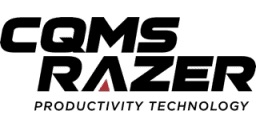Activated Carbon Fiber Market is segmented By Type (Powdered, Granular, Others); By Application (Liquid, Gas Phase); By End User (Water Treatment, Food & Beverage Processing, Pharmaceutical & Medical, Automotive, Air Purification, Others); By Region (North America, Europe, Asia Pacific, Latin America, Middle East & Africa) - Global Market Analysis, Trends, Opportunity and Forecast, 2022-2032
Activated Carbon Fiber Market Overview
Activated carbon fiber or ACF is a fiber shape material that has a well-defined porous structure. The promising microporous structure is synthesized through a thermochemical process, which includes stabilization, carbonization and activation. The demand for activated carbon fiber around the globe can be attributed to the increasing need for treating water, and the surge in the number of water treatment plants. CarbPure Technologies, Boyce Carbon, and Cabot Corporation, are some of the significant parties in the market for activated carbon fiber.
The global activated carbon fiber market was valued at USD 3.5 billion in 2022. The market is expected to expand at a CAGR of 3.1% from 2022-2032, and is expected to cross value of USD 5.1 billion by the end of 2032.
Activated Carbon Fiber Market Drivers
Some key drivers for the activated carbon fiber market are:
- Growing Need for Potable Water: Backed by the rising population around the globe, the need for edible resources is also expanding. As a result, there is a growing need for potable water. By the use of ACF, water can be treated to make it safe for drinking.
- Surge in the Number of Water Treatment Plants: Over the globe, the number of water treatment plants are increasing. This is majorly due to the increasing use of water for multiple end-uses. With the growing number of water treatment plants, the need for ACFs would also increase.
- Escalating Chemical Industry: Globally, the chemical industry is soaring at a massive pace. This, as a result, provides numerous opportunities for market growth in the coming years.
- Expanding Concern for Air Pollution: With the growing concern for air pollution worldwide, the demand for air purification systems are on the rise. As ACFs are used widely in air purification systems, hence, the demand for these products are also expected to increase.
- Increasing Advancements in Manufacturing Technology: The ongoing developments in the manufacturing technology across all sectors raises the efficiency as well as the cost-effectiveness of manufacturing these products, thereby unveiling an ocean full of opportunities for the market players who plan to invest in the field.
|
Activated Carbon Fiber Market: Report Scope |
|
|
Base Year Market Size |
2022 |
|
Forecast Year Market Size |
2023-2032 |
|
CAGR Value |
3.1% |
|
Segmentation |
|
|
Challenges |
High Production Costs Unavailability of Raw Materials Concern for the Environment |
|
Growth Drivers |
Growing Need for Potable Water Surge in the Number of Water Treatment Plants Escalating Chemical Industry Expanding Concern for Air Pollution Increasing Advancements in Manufacturing Technology |
Activated Carbon Fiber Market Challenges
Some challenges facing the activated carbon fiber market are:
- High Production Costs: The production costs of activated carbon is very high, which acts as a major constraint to the market growth.
- Unavailability of Raw Materials: Another key factor to restrain the market growth is the lack of availability of raw materials in several countries around the globe.
- Concern for the Environment: The process of manufacturing ACFs are not environmentally-friendly, and hence, in several of the nations, the manufacturing of this product poses as a major challenge.
Activated Carbon Fiber Market Segmentation
Segmentation of activated carbon fiber market are:
- By Type
- Powdered
- Granular
- Others
- By Application
- Liquid
- Gas Phase
- By End User
- Water Treatment
- Food & Beverage Processing
- Pharmaceutical & Medical
- Automotive
- Air Purification
- Others
- By Region
- North America
- Europe
- Asia
- Rest of the World
Timeline considered for all these studies will be:
2022 – Base Year
2023 – Estimated Year
2023-2032 – Forecast Period
Activated Carbon Fiber Market Regional Synopsis
The activated carbon fiber market in North America is poised to dominate in the years to come owing to the rising demand for these products from the medical industry, chemicals industry, as well as the purification industry, especially in countries, such as the United States and Canada.
The United States is known to house several of the business organizations of different sizes. Owing to this growing commercial activities in the region, the need for purification materials is on the rise, supported by the stringent government norms that are laid to limit the pollution from business organizations.
On the other hand, the market in the Asia Pacific is predicted to display significant growth opportunities as a result of the present of several highly polluted countries, and the focus of the government of the nations in the region to lower these pollution levels.
Activated Carbon Fiber Market Key Players
Some key players in the activated carbon fiber market are:
- CarbPure Technologies
- Boyce Carbon
- Cabot Corporation
- Kuraray Co.
- CarboTech AC GmbH
- Donau Chemie AG
- Haycarb (Pvt) Ltd.
- Jacobi Carbons Group
- Kureha Corporation
- Osaka Gas Chemicals Co., Ltd.
- Toyobo Co., Ltd.
- Gun Ei Chemical Industry Co., Ltd.

Need Customized Report for Your Business ?
Utilize the Power of Customized Research Aligned with Your Business Goals
Request for Customized Report- Quick Contact -
- ISO Certified Logo -
